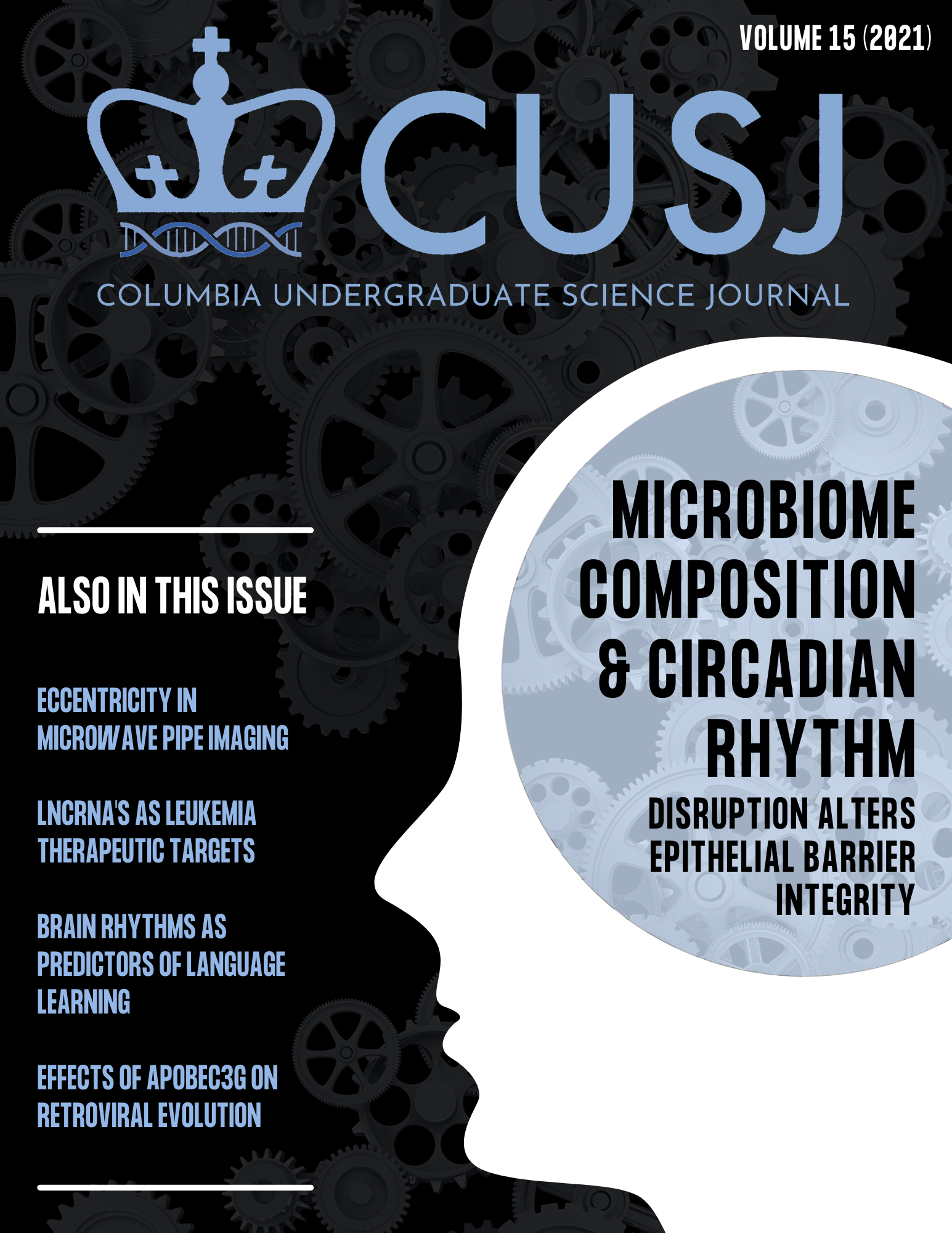Abstract
Chronic Lymphocytic Leukemia (CLL) is one kind of blood cancer that has a very heterogeneous biological background, which results in diverse stages of the CLL and complex treatment strategies. However, a small part of the tumor may disappear without receiving any treatment. This condition is known as “spontaneous regression” and occurs as a result of a poorly investigated mechanism. Exposing the underlying causes of this condition can lead to a novel treatment approach for CLL and other types of cancer. While most such mechanisms have been assumed to be directly linked to protein coding genes, a recent approach was aimed to carry out more comprehensive studies by focusing on non-protein coding genes as well as protein-coding genes at the RNA level. In this article, we applied in-silico analysis of total RNA expression data from 24 CLL samples to determine possible regulatory mechanisms of spontaneous regression in CLL. These were selected by comparing spontaneous regression with progressive samples of CLL at the transcriptional level. As a result, 33 lncRNAs were found to be significantly differentially expressed among these conditions based on differential gene expression analysis. Current study suggested lncRNAs, PTPN22-AS1, PCF11-AS1, SYNGAP1-AS1, PRRT3-AS1 and H1FX-AS1 as potential therapeutic targets to trigger spontaneous regression. Eventually, the results presented here reveal new insights into the spontaneous regression and the relation with the non-coding RNAs, particularly lncRNAs.

This work is licensed under a Creative Commons Attribution 4.0 International License.
Copyright (c) 2021 Simay Dolaner, Harpreet Kaur, Elia Brodsky, Julia Panov, Mohit Mazumder

